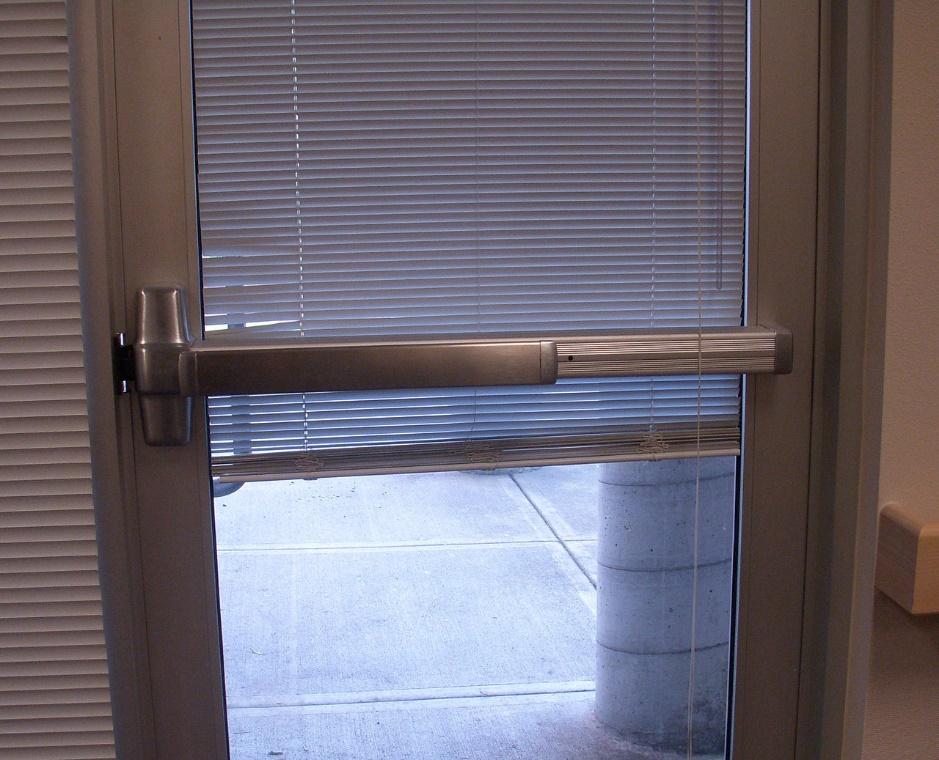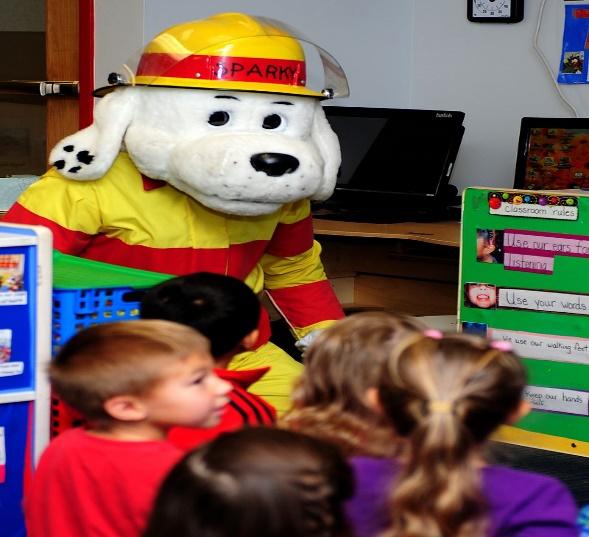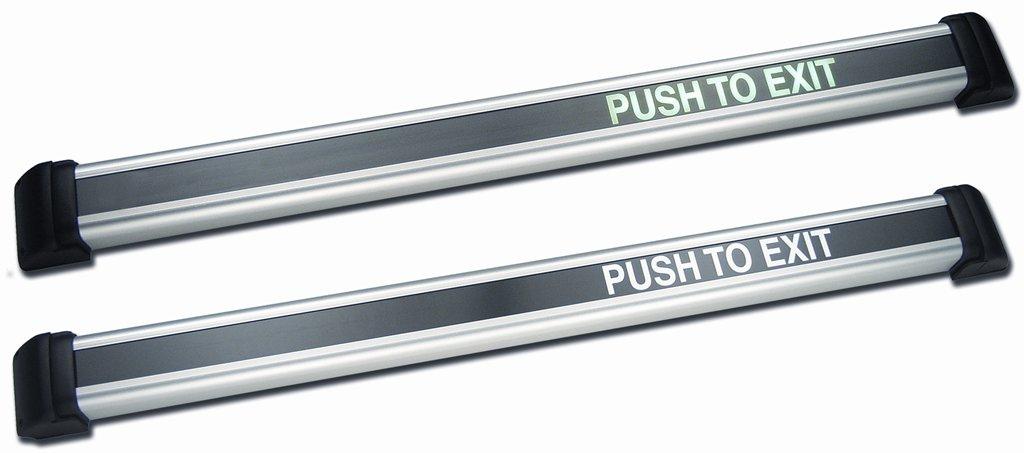Locksmith West Palm Beach realizes business owners need a safe and quick way to exit a building safely. Now, a good deal of structures such as hospitals, schools, and restaurants have panic bars. A panic bar is a sort of door hardware that permits people to leave a building fast. The system uses a push pad device which releases the door’s locking mechanisms.
Instead of turning levers to fighting knobs or struggling with thumb turns, people could use their weight into the device to open the door. The apparatus is beneficial in a fear type crisis since it reduces the probability of injury or crowding which will also lessen the number of lives lost.
However, you ought to be aware that regulations that buildings need for doors exits. You should get one for the office and allow our emergency locksmith to set it up. Another beneficial use for panic bars is the electronic and security attributes it brings. If a panic door gets opened, it could alert security and will prevent someone from leaving the building.
How to pick the panic bar that is right for your business?

There are many types of panic bars or better known as crash bar. Some bars are put on the outside doorway with wooden, metal, and, aluminum metal frames. A door that’s fire-rated should have a panic bar setup. While interior doorways are not fire-rated however, many exterior doors need to be made fire-rated.
Three kinds of crash devices:
- Rim style- The bar is mounted onto the inside surface of the doorway.
- Mortise style- This kind of crash bar has its locking mechanism mounted (mortised) to a cavity in the doorway much like regular mortise lock.
- cSurface/Concealed style- This type consists of vertical rods. These hidden exit devices provide extra latching at the top or bottom of doors. When people want something aesthetics pleasing for a door layout, then the concealed style is perfect.
Crash bars can be found in a variety of designs too. The standard which the majority of individuals are acquainted with is that the touch bar design. Usually, located on emergency exit doors. The crossbar design is standard since the Von Duprin exit device was the first one ever built. Designs range from plate-type and lever.
Nowadays all industrialized countries have some form of construction code standard(s) that dictates how exit devices ought to get implemented into commercial buildings. Since it was invented over a hundred years ago, many lives have been saved.
Deciding upon an exit device
- Rim-style exit devices are a terrific alternative for smaller companies in densely-packed regions, For instance, business parks, airports, and, malls. They also comply with all building codes and are economical.
- A mortise-style exit device is a superb selection for moderate to large-size businesses and buildings. The layout is not as susceptible to tampering and adds safety.
- The Surface/Concealed exit device is the best selection for companies where aesthetics and security are critical.
UL 305: Standard for Panic and Safety Hardware

When an exit device or some other doorway hardware says it is “UL-listed,” you’ll know that it’s of premium quality. Specifically, UL 305 tells the capabilities of the door panic hardware, setup, and, the manufacturing requirements.
These items must pass strict testing before UL provides its approval. To continue to keep its “UL-listed” rating, the maker of the push bar has to pass inspection every four years.
NFPA 80: National Fire Protection Association Standard for Fire Doors and Other Opening Protectives

NFPA 80 is a standard that deals with maintenance and setup of door panic hardware. For example, it details that you don’t need to have any lock, chain or a different system which could prevent people from exiting the panic door.
Many constructions or building regulations adhere strictly to the guidelines and criteria of NFPA. Also, has over a hundred years of creating and maintains private, copyrighted standards and codes for usage and adoption by local governments.

